|
Description:
Covering all the knowledge and skills needed for everyday duties as well as success on certification and recertification exams, The Ophthalmic Assistant, 11th Edition, is an essential resource for allied health personnel working in ophthalmology, optometry, opticianry, and other eye care settings. Drs. Harold A. Stein, Raymond M. Stein, and Melvin I. Freeman are joined by new editor Dr. Rebecca Stein and several new contributing authors who provide practical, up-to-date guidance on ocular diseases, surgical procedures, medications, and equipment, as well as paramedical procedures and office management for today’s practice. This outstanding reference and review tool provides essential knowledge and guidance for ophthalmic assistants, technicians, and technologists as critical members of the eye care team.
|
|
1 Anatomy of the eye
2 Physiology of the eye
3 Optics
4 Pharmacology
5 Microbiology
6 Office efficiency and public relations
7 History taking
8 Preliminary examination
9 Visual function and impairment
10 Understanding ophthalmic equipment
11 Maintenance of ophthalmic equipment and instruments
12 Refractive errors and how to correct them
13 Facts about glasses
14 Rigid contact lenses: basics
15 Soft contact lenses
16 Advanced techniques in soft and rigid contact lens fitting
17 Managing a contact lens practice
18 Visual fields
19 Automated visual field testing
20 Computers in ophthalmic practice
21 Ocular Injuries
22 The urgent case
23 Common eye disorders
24 Common retinal disorders
25 Glaucoma
26 Uveitis
27 Dry eye disease
28 Examination of the newborn, infant, and small child
29 Ocular motility, binocular vision, and strabismus
30 Aseptic technique and minor office surgery
31 The operative patient
32 Highlights of ocular surgery
33 Assisting the surgeon
34 Ambulatory surgery
35 Lasers in ophthalmology
36 Refractive surgery: today and the future
37 Corneal Collagen Crosslinking in the management of ectactic diseases
38 Wavefront aberrations and custom ablation
39 Ophthalmic photography
40 Optical coherence tomography
41 Computerized corneal topography
42 Specular microscopy
43 Diagnostic ultrasound
44 Blind persons in the modern world
45 Cardiopulmonary resuscitation
46 History of spectacles
47 Art and the eye
48 Allied health personnel in ophthalmology
49 Ophthalmology ethics
50 Allied Ophthalmic Health Personnel: Scope of Practice
51 Testing and certification of ophthalmic skills
52 The development of Allied Ophthalmic Personnel (AOP) in North America and Worldwide
53 Ophthalmic assisting in the international community and in the prevention of blindness
54 Eye banking
55 Atlas of clinical ophthalmic disorders
Glossary
Appendix 1: Ocular emergencies
Appendix 2: Following universal precautions
Appendix 3: Princples of informed consent
Appendix 4: Abbreviations and symbols in clinical use
Appendix 5: Optical constants of the eye
Appendix 6: Metric conversion (US)
Appendix 7: Skill checklists
Appendix 8: Translations of commonly asked questions and commands
Appendix 9: Office supplies in common use
Appendix 10: Estimating visual loss
Appendix 11: Vision and driving
Appendix 12: Diopters to millimeters of radius conversion tables
Appendix 13: Vertex conversion table
Appendix 14: Diopters of corneal refracting power to millimeters of radius of curvature
Appendix 15: Compensation for effect of vertex distances when plus lens is moved away from the eye
Appendix 16: Compensation for effect of vertex distances when plus lens is moved toward the eye
Appendix 17: Dioptric curves for extended range of keratometer
Supplementary resources
Front matter
56 Appendix 3: Princples of informed consent
|
|
|
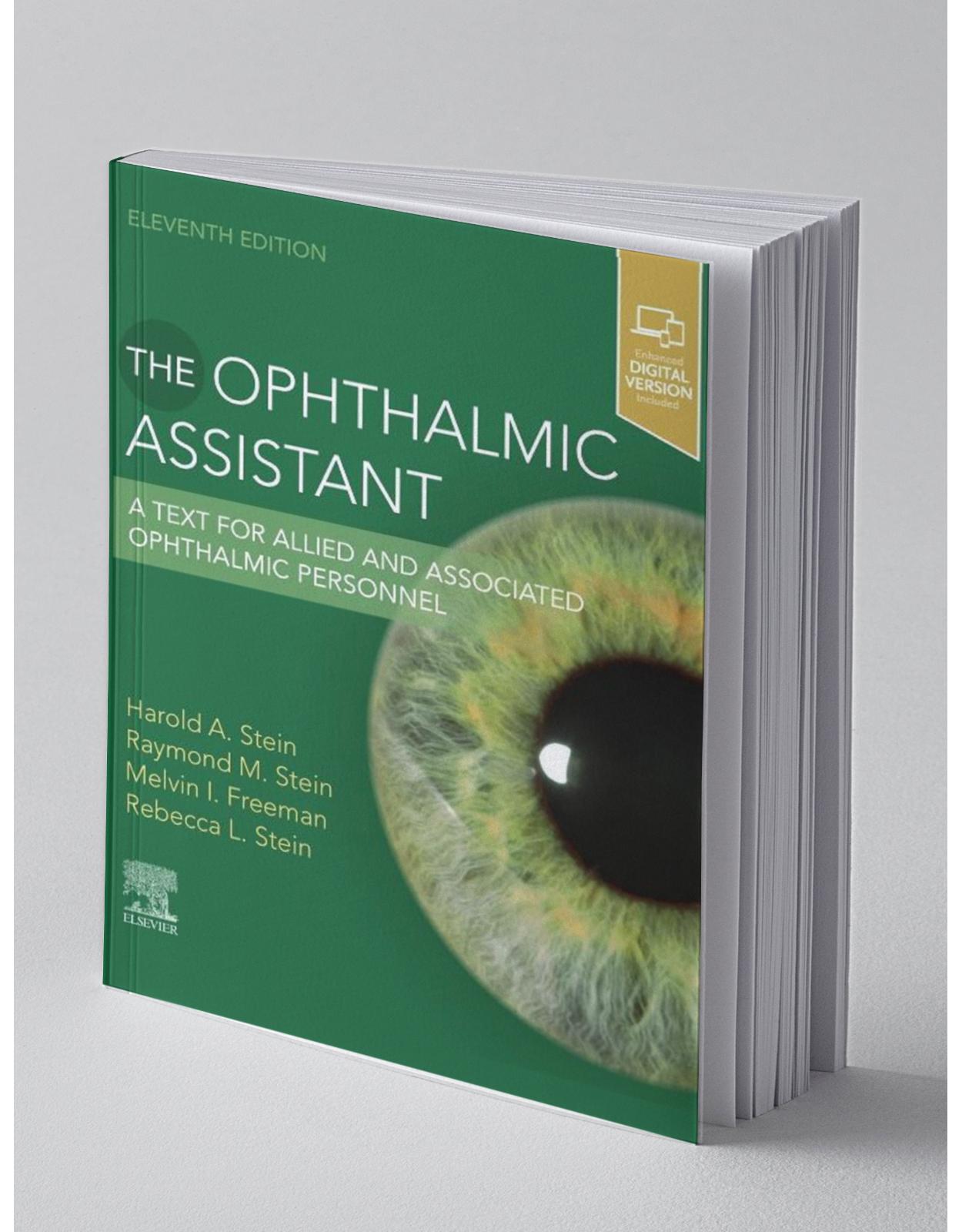

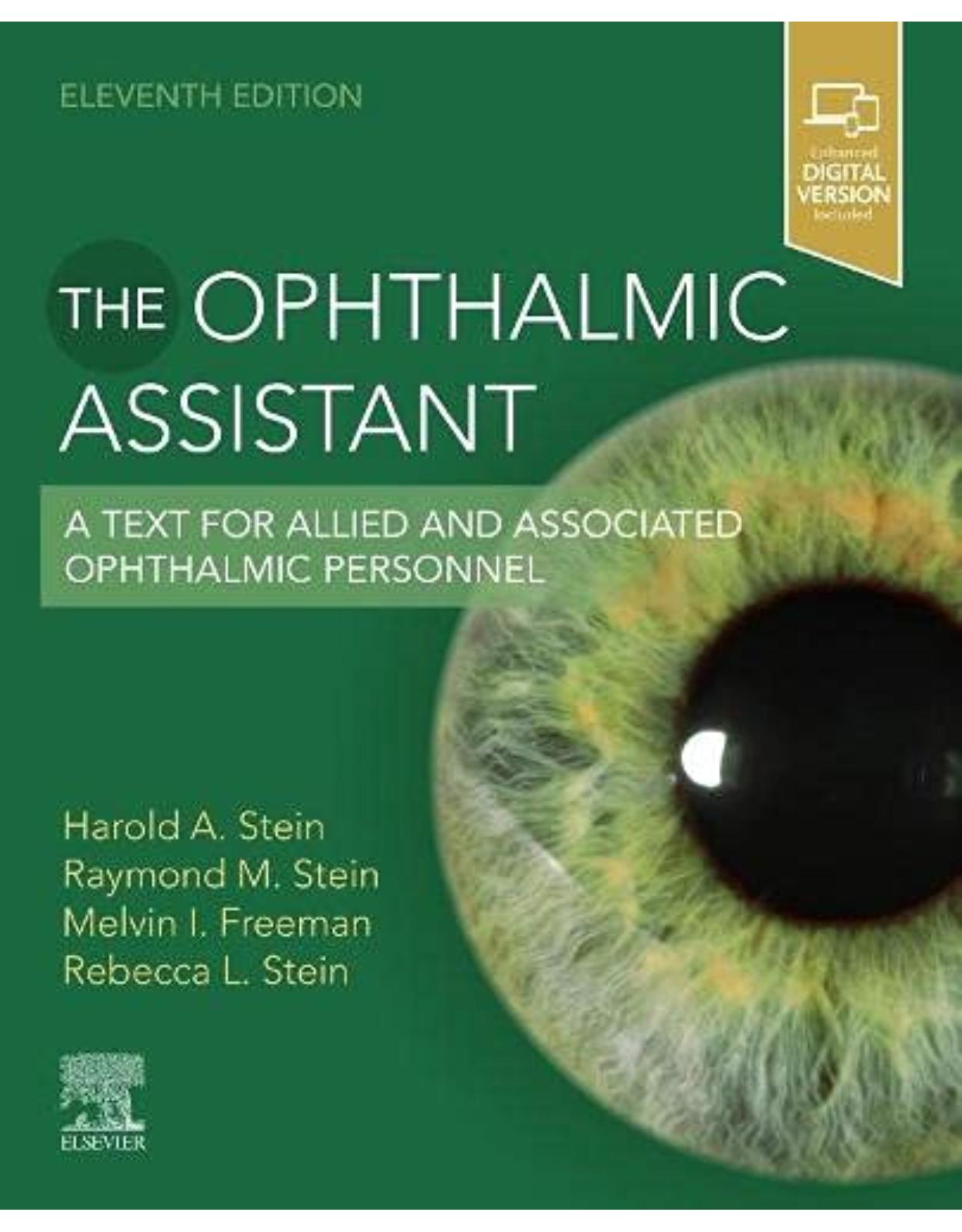
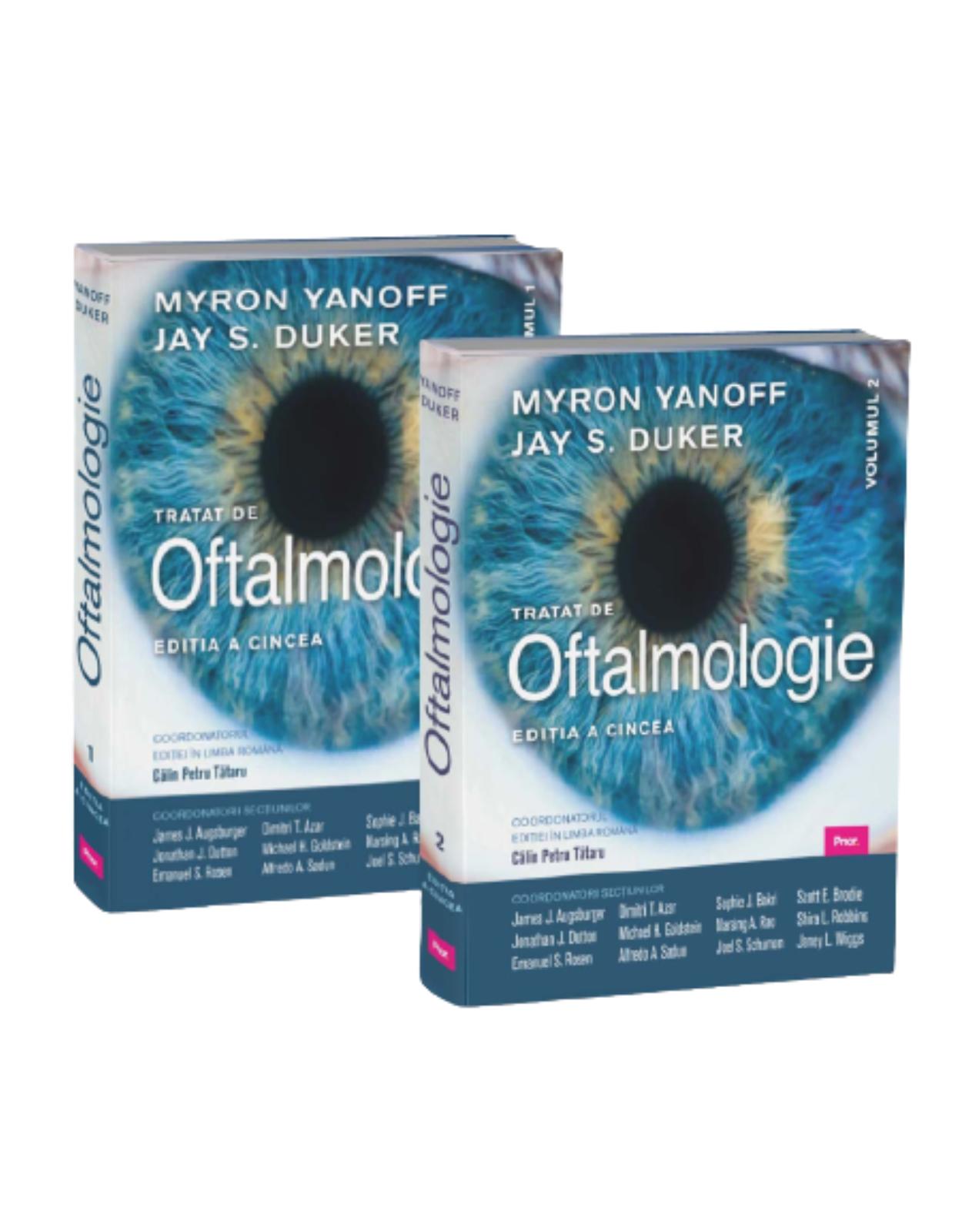
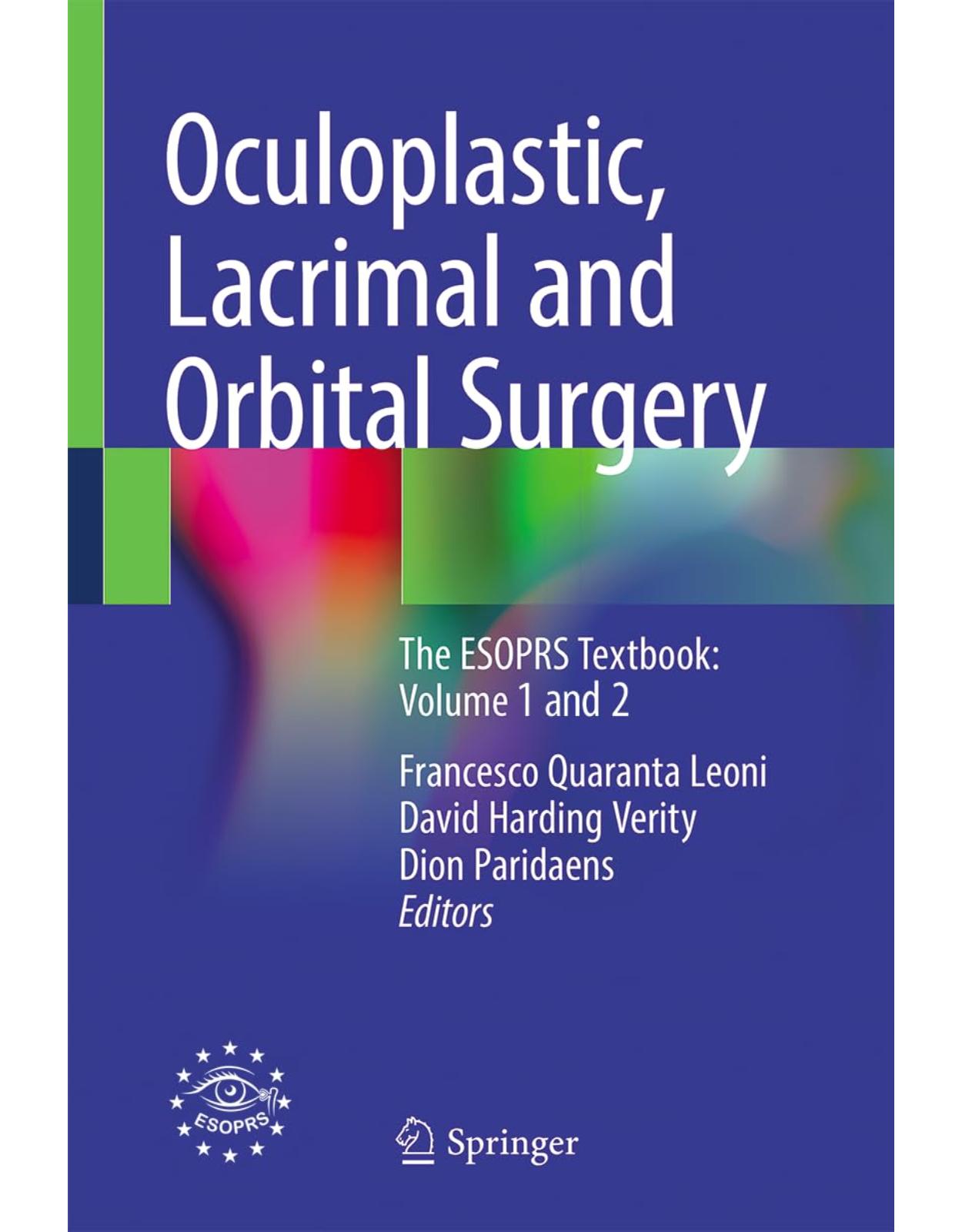
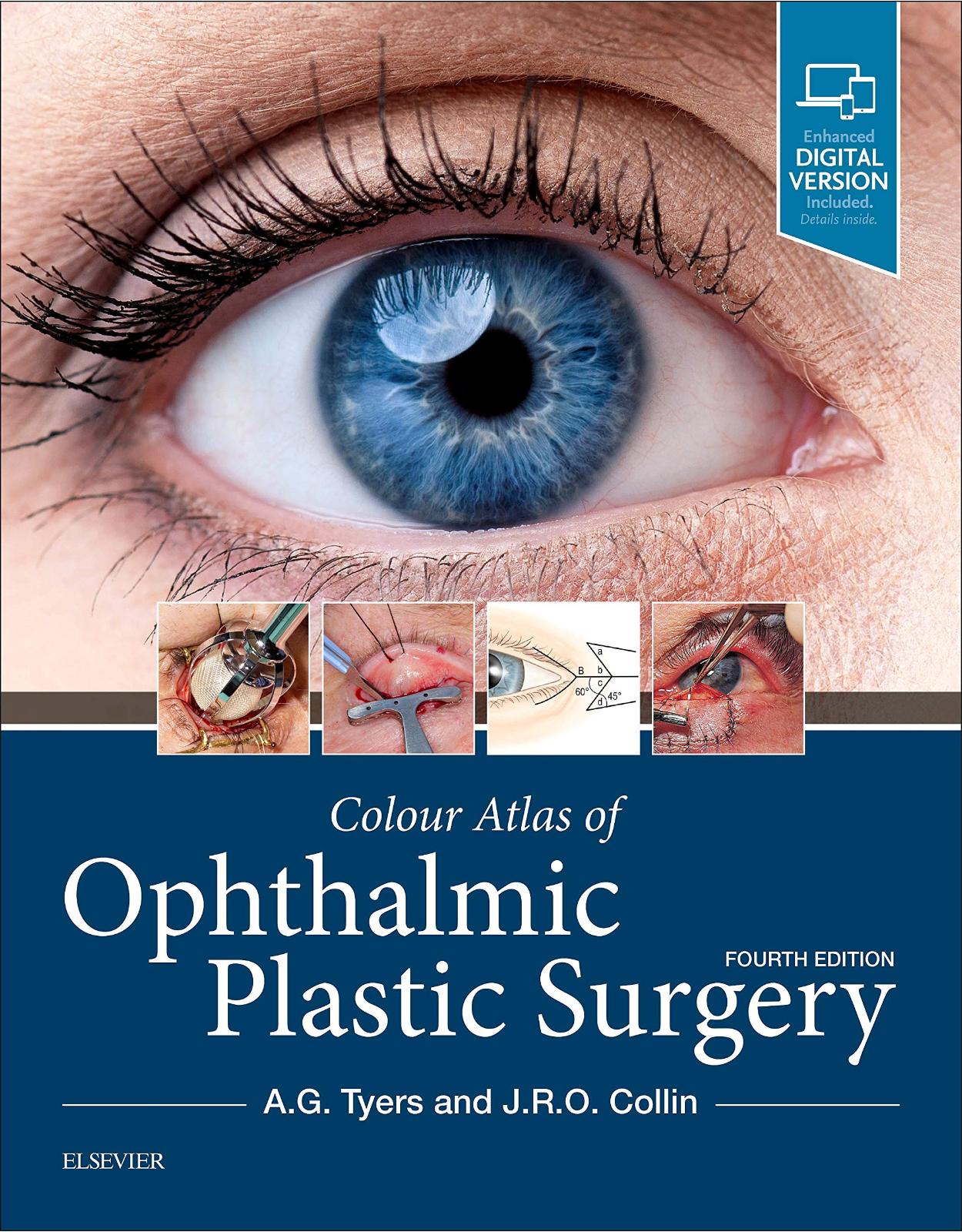
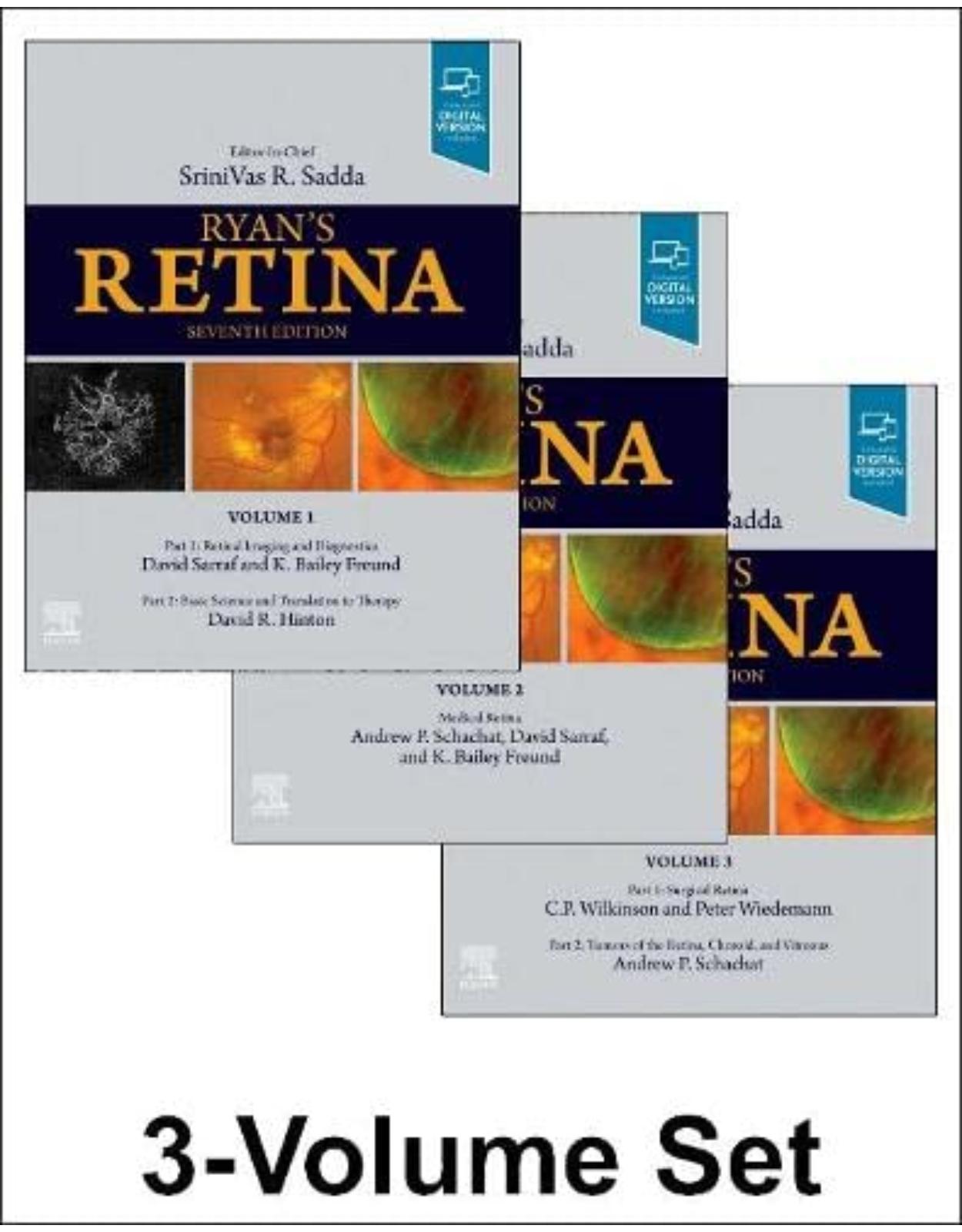
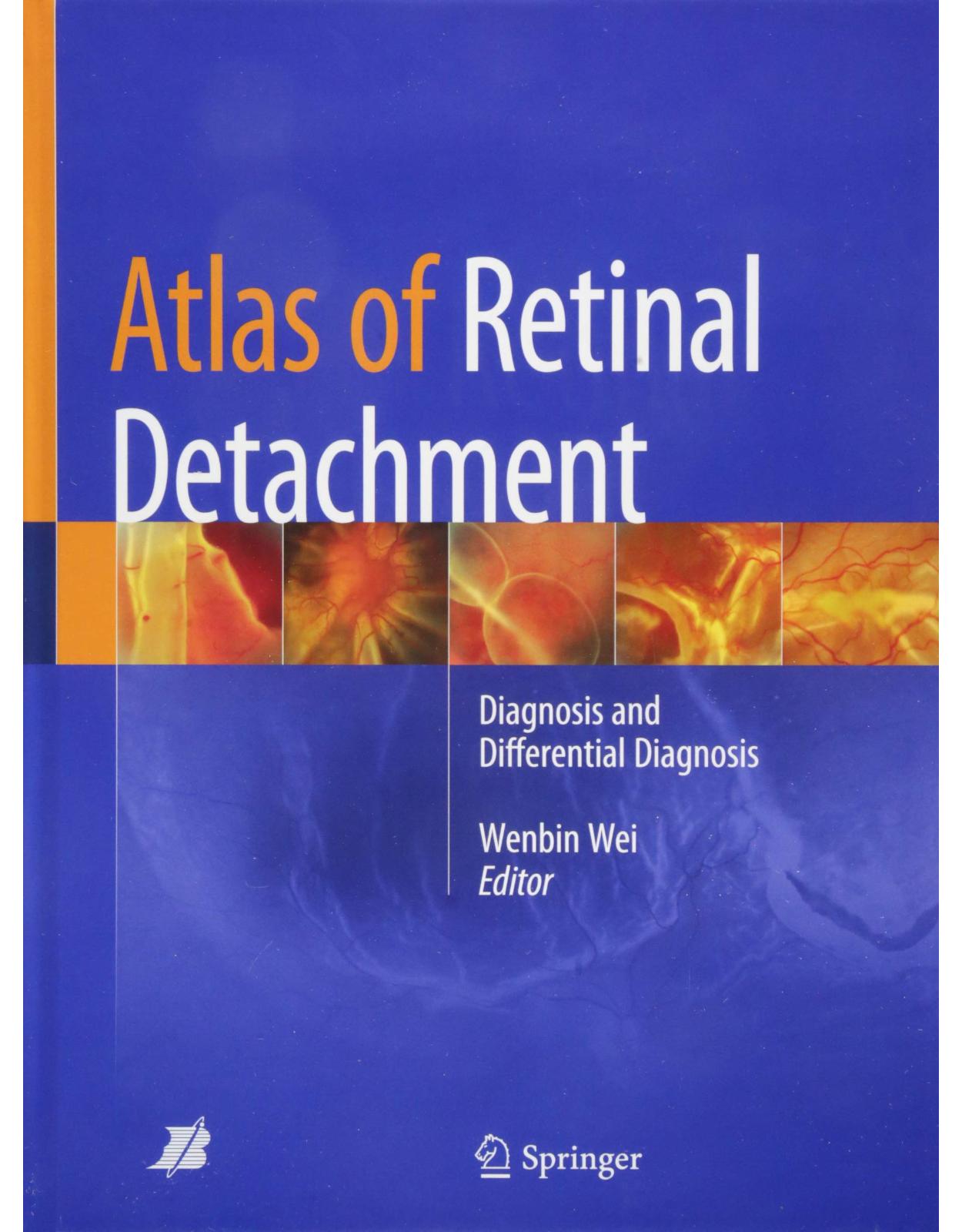
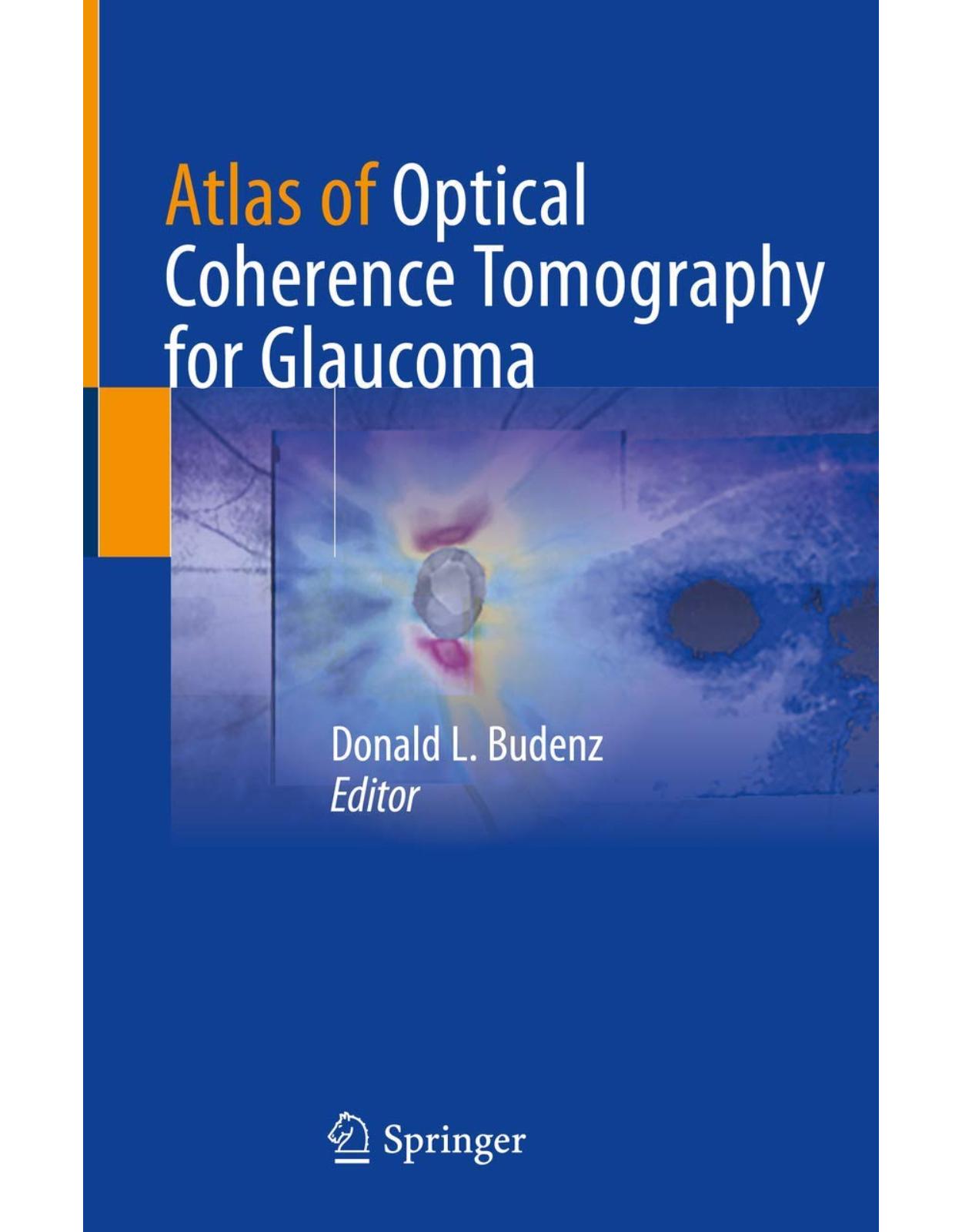
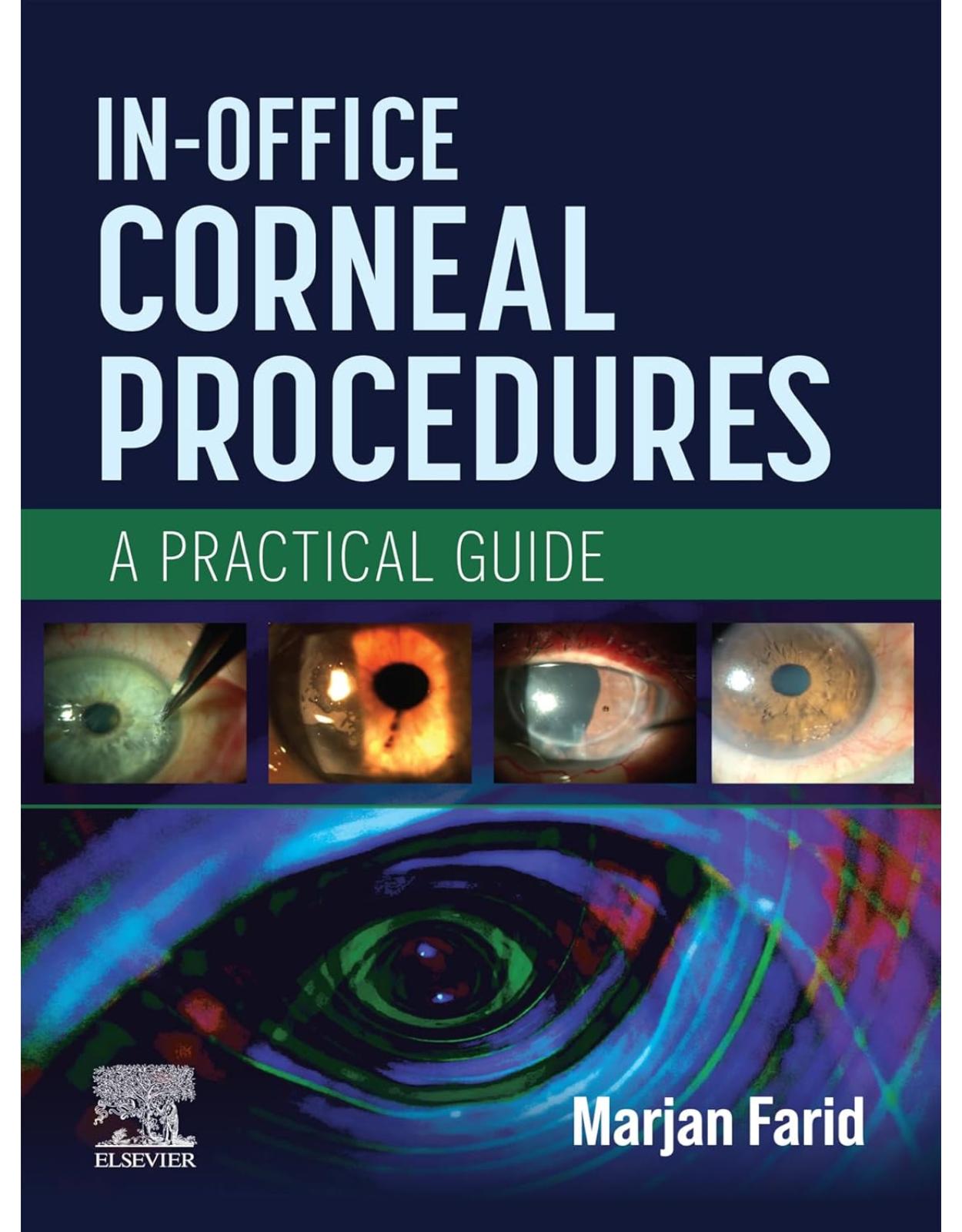
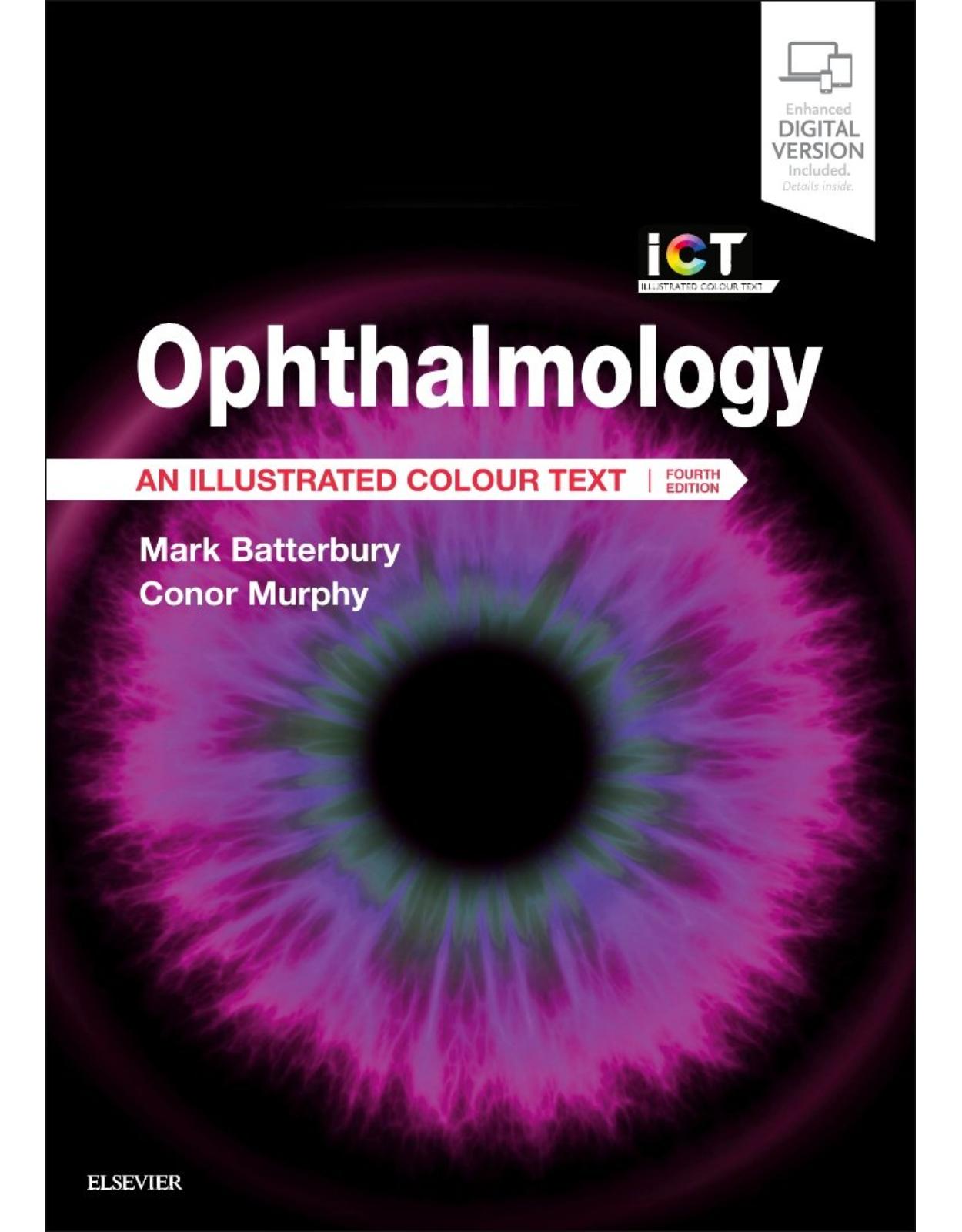
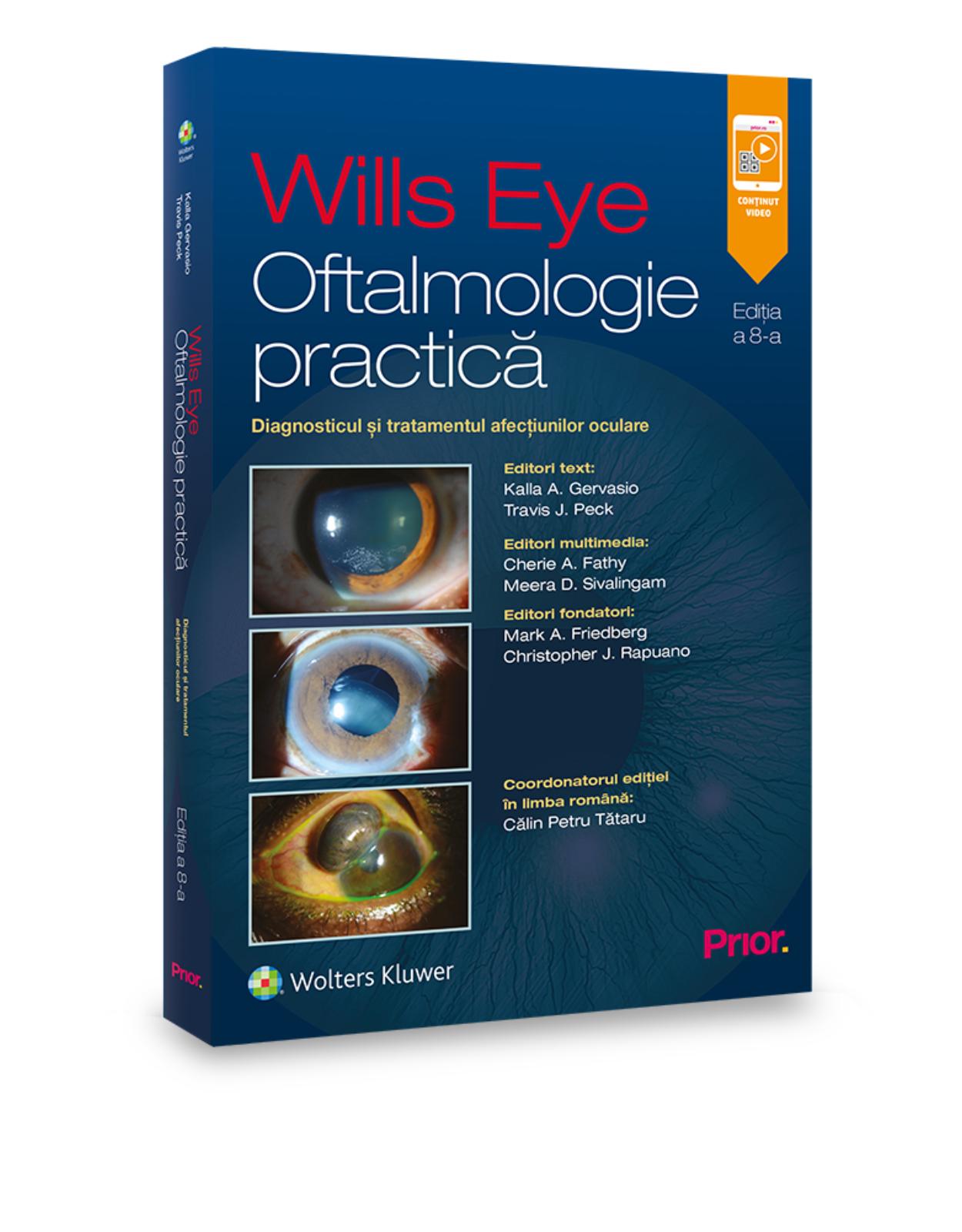
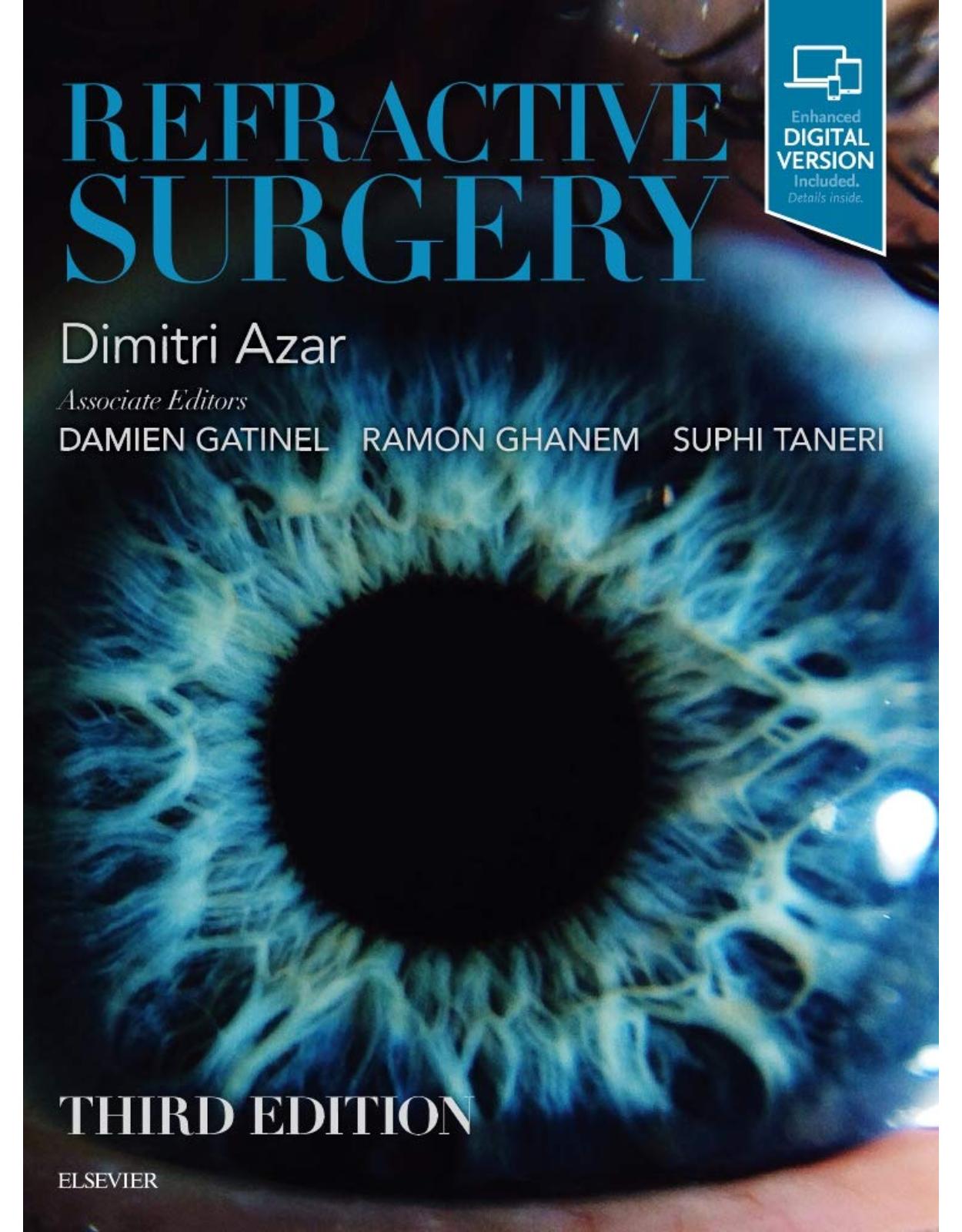

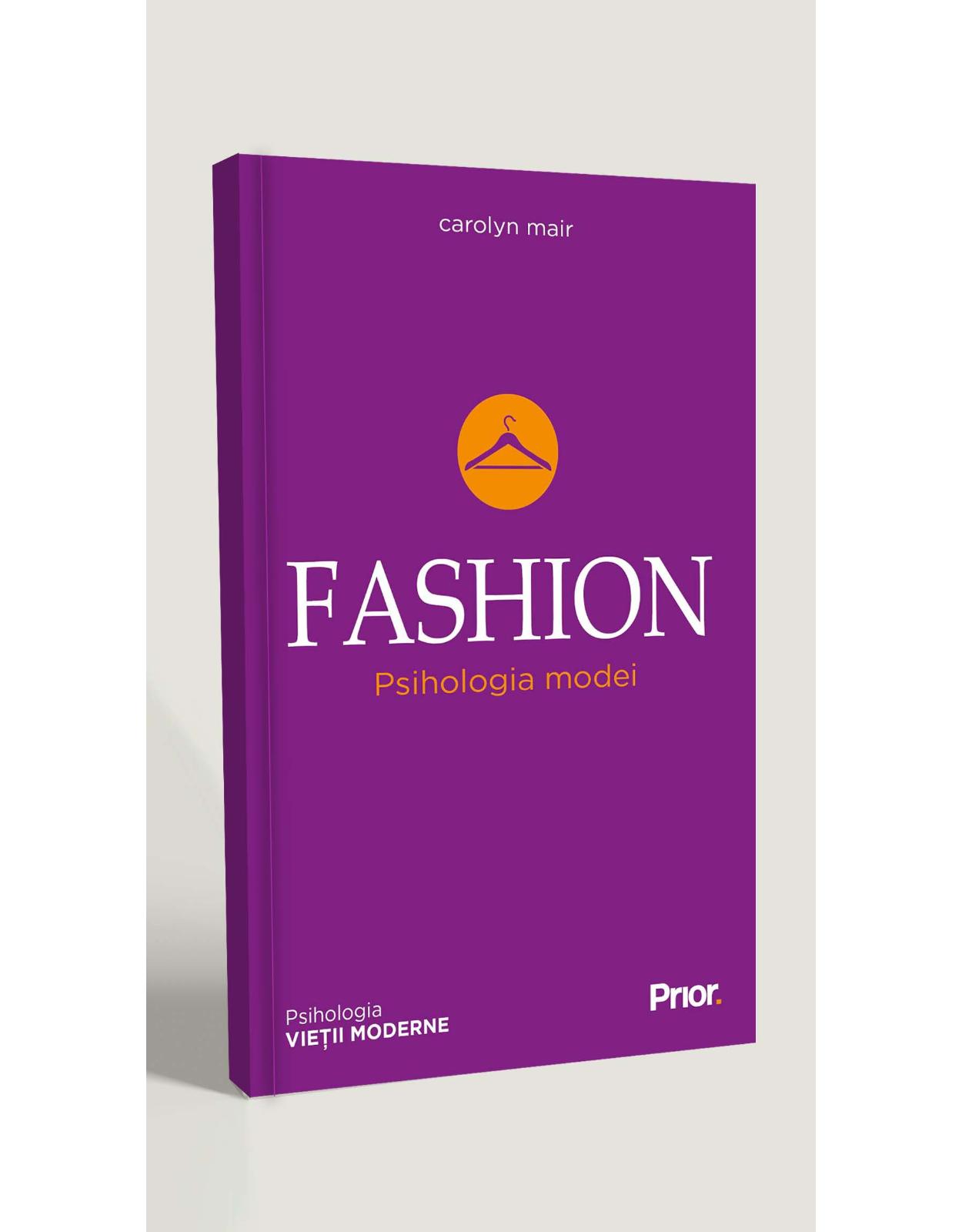
Clientii ebookshop.ro nu au adaugat inca opinii pentru acest produs. Fii primul care adauga o parere, folosind formularul de mai jos.